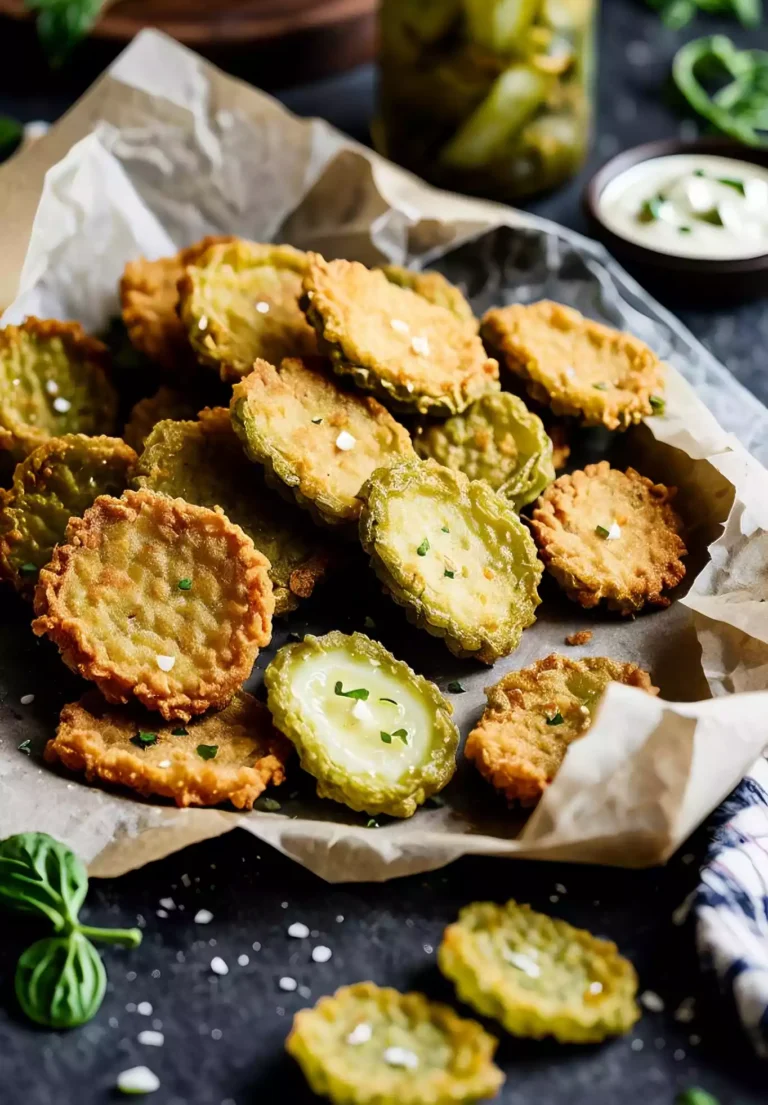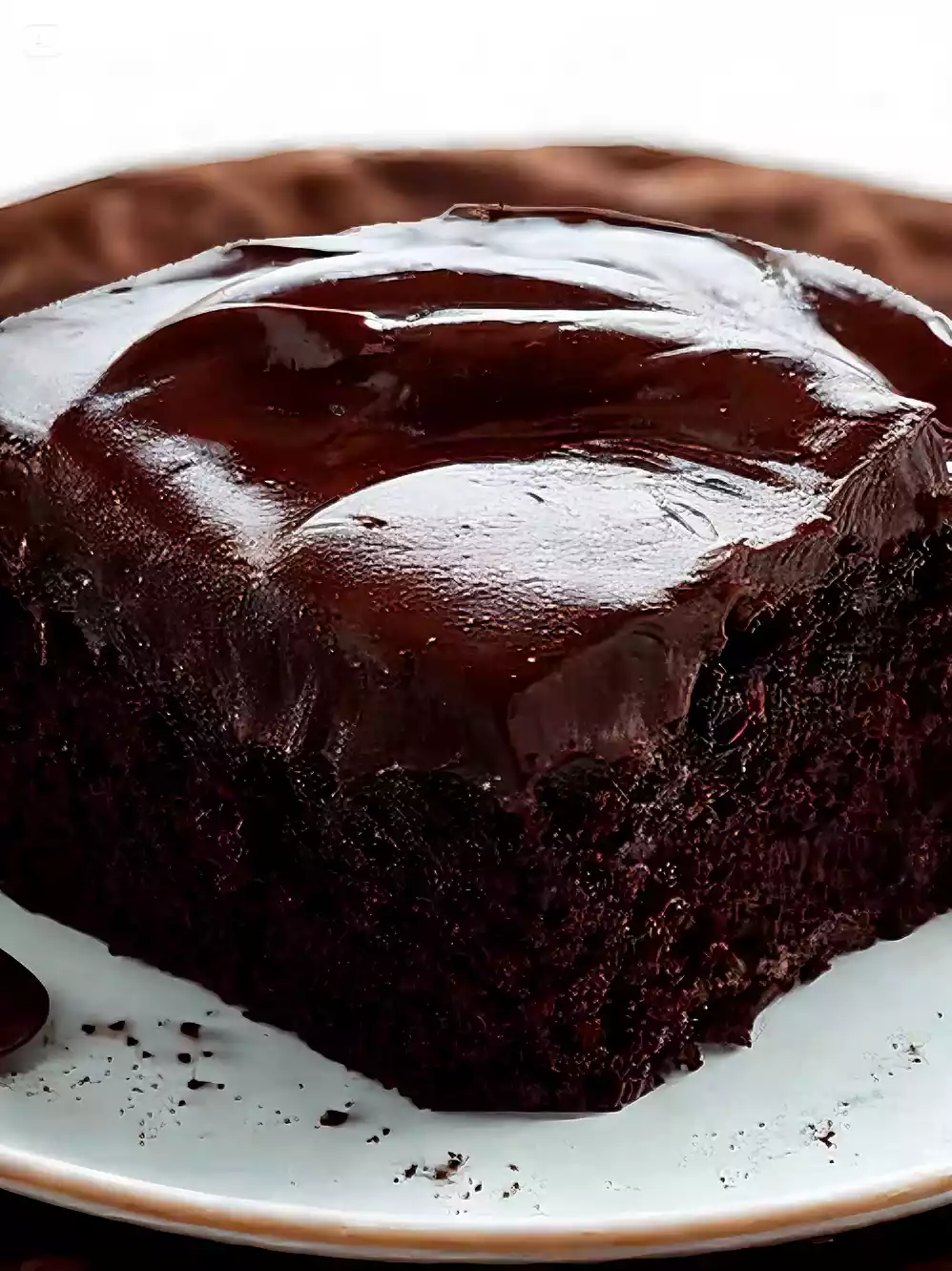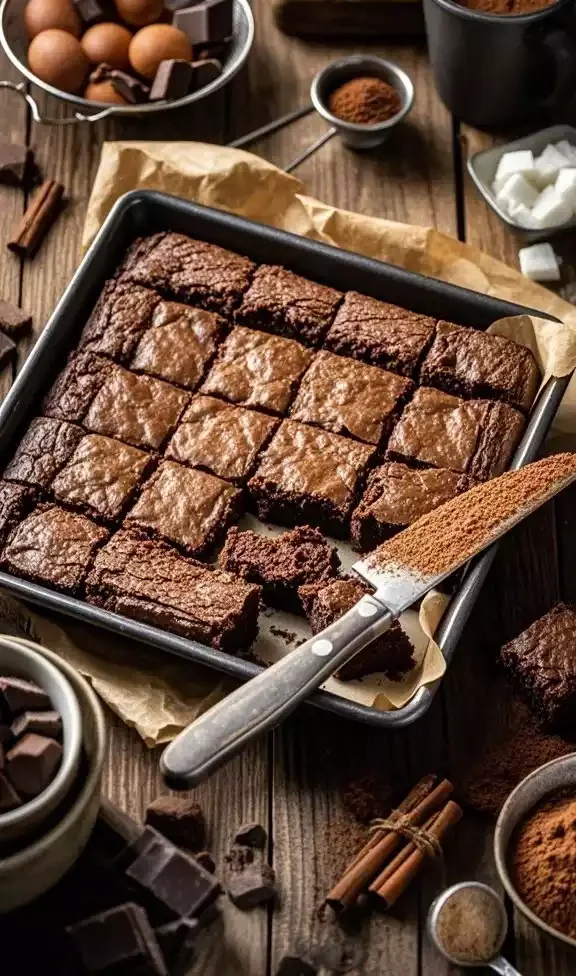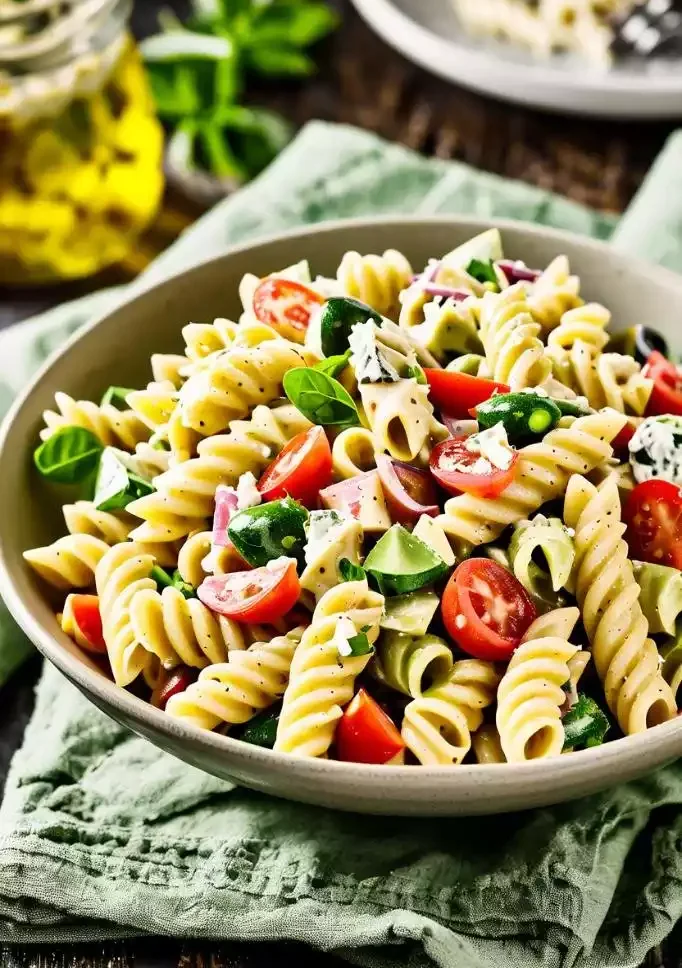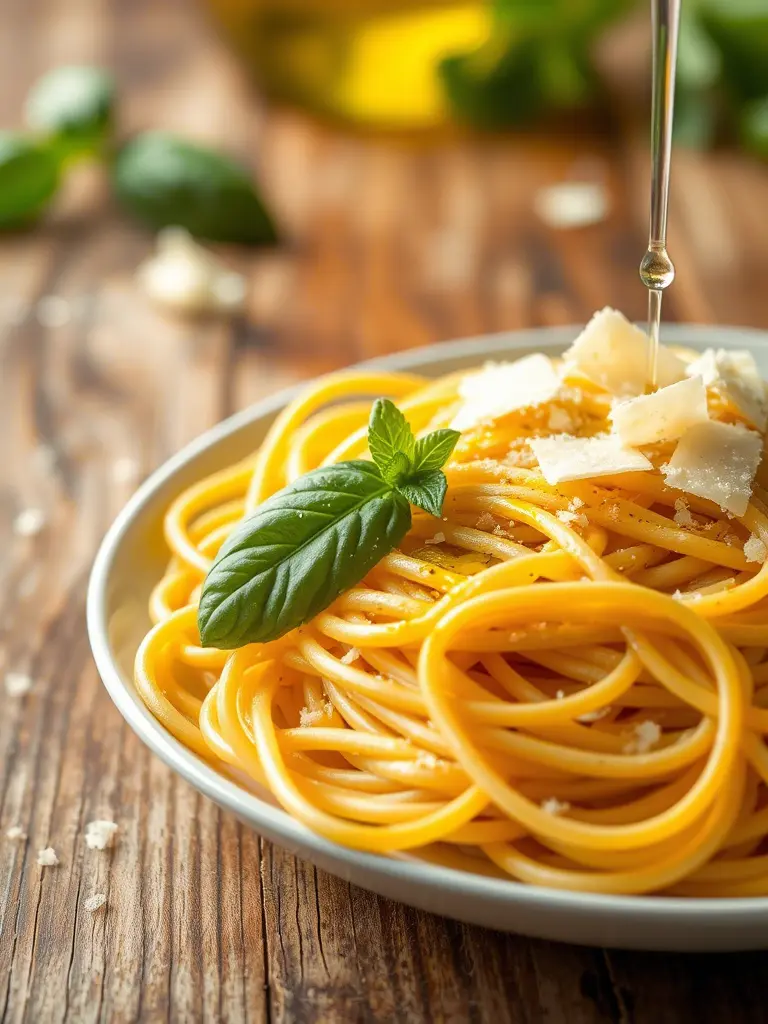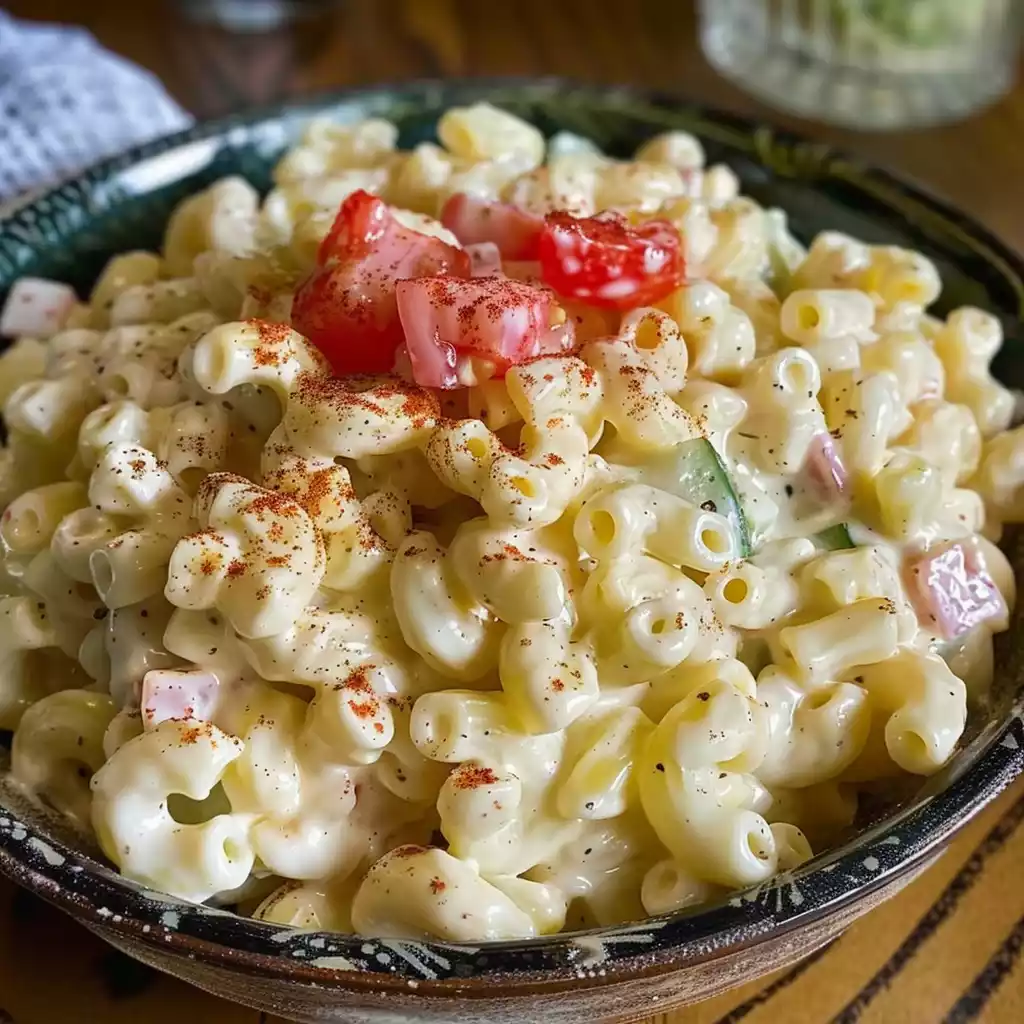Fried Pickles: Fried Pickles have taken the food scene by storm, popping up on restaurant menus, viral social feeds, and backyard parties across the globe. Snack lovers and home cooks can’t get enough of their irresistible crunch, addictive tang, and undeniable nostalgia factor. What started as a Southern comfort food is now a beloved pickle appetizer with countless variations and cult status. If you’re a food enthusiast looking for your next obsession, this guide dives deep into the allure, versatility, and worldwide popularity of Fried Pickles.
The Allure of Fried Pickles
Why Fried Pickles Are Irresistible
The magic of Fried Pickles is all in the texture and flavor contrast. Bite into a crispy, golden-brown coating and you’ll meet a juicy, briny pickle at the center. It’s a combination that’s both tangy and crunchy, meant to wake up the taste buds. Whether you love Dill Pickle Fries or thick-cut rounds, every variety brings its own twist on the perfect pickle appetizer.

The Social Media Impact
Fried Pickles have achieved viral fame thanks to platforms like TikTok and Instagram. Food bloggers and casual users alike love sharing videos of that satisfying crunch, while #friedpickles and #pickleappetizer rack up millions of views. The visual appeal (who can resist a close-up of that golden coating?) and sound (that first crispy bite) keep drawing in droves of new fans. Social media has undoubtedly helped Fried Pickles cement their status as the pickle appetizer of the moment.
The Comfort Food Factor
One reason Fried Pickles tug at our heartstrings is their deep connection to comfort food culture. Often served at Southern diners, hometown fairs, and rowdy sports bars, they evoke memories of good times, shared plates, and laughter. Some fans swear that biting into a Dill Pickle Fry at the ballpark brings them right back to childhood. For home cooks, making Fried Pickles is an accessible way to replicate those nostalgic flavors at home and create new memories with friends and family.
Fried Pickles: A Global Snack Sensation
Batters, Spices, and Styles Around the World
While the classic Southern-style Fried Pickle uses a cornmeal or flour-based batter, you’ll find global spins wherever pickles meet a deep fryer. Japanese izakayas serve tempura-battered pickles dusted with chili salt. British pubs sometimes offer beer-battered pickle spears with malt vinegar aioli. Across the Mediterranean, chickpea flour provides a gluten-free take. What unites these variations is the celebration of the pickle’s briny zing and satisfying crunch.

Fried Pickles in Pop Culture
The Fried Pickle has worked its way into movies, TV shows, and pop culture moments. From sitcoms where the characters bond over a basket of Dill Pickle Fries to food festivals featuring pickle-eating contests, Fried Pickles are as much an experience as a snack. Food festivals, especially in the South and Midwest, often hold Dill Pickle Fry cook-offs, bringing local flair and personal twists to the table.
The Culinary Versatility of Fried Pickles
The Ultimate Pickle Appetizer for Any Occasion
Fried Pickles easily steal the show as a standout pickle appetizer at parties and gatherings. They serve as the perfect icebreaker, sparking conversation about favorite dips or what type of pickle wins the crown. Their simplicity is their strength; they’re popular among professional chefs and home cooks alike.
Pairing Fried Pickles as a Side
The Dill Pickle Fry has become a favorite sidekick for classic American fare. Pair Fried Pickles alongside a juicy burger, stacked club sandwich, or a plate of hot wings for a flavor-packed meal. Their acidity balances out richer foods, cutting through fat and refreshing your palate with every bite.
The Anytime Snack You Crave
Don’t limit Fried Pickles to sit-down meals or celebrations. These crunchy bites are the ideal snack for spontaneous movie nights, study sessions, or late-night cravings. Dunked in ranch or eaten straight from the fryer, their tang and crunch satisfy every snacker’s urge for something special.
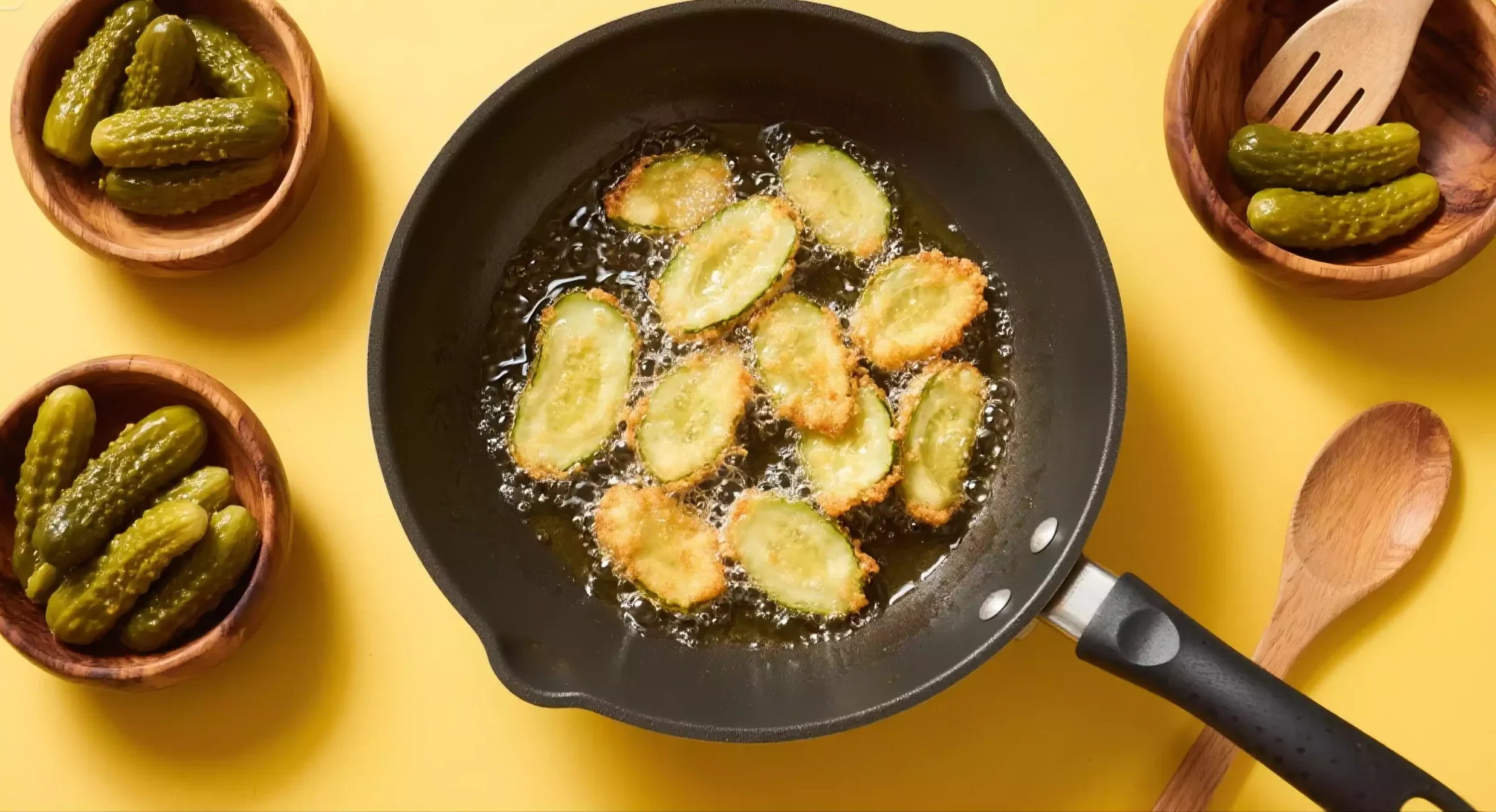
Healthier Takes on Fried Pickles
Air-Fried Pickle Appetizer
Looking for a lighter twist? Air-fried Fried Pickles bring the same satisfying crunch without the heavy oil. The hot circulating air produces that signature crispy coating, and you still get all the briny pickle goodness you crave. For health-conscious home cooks, air-fried Dill Pickle Fries are a guilt-free snack that doesn’t skimp on flavor.
Oven-Baked Fried Pickles
Baked Fried Pickles are gaining traction among snack lovers who want a lighter option with less mess. Coat pickle slices in seasoned crumbs, arrange them on a baking sheet, and enjoy a crispy treat with minimal oil. The result? Maximum crunch, zero flipping over hot oil.
Whole Wheat and Beyond
Some adventurous cooks incorporate whole wheat flour or gluten-free mixes to add nutritional value or suit dietary restrictions. You can even sub in panko breadcrumbs or almond flour for an unexpected crunch. With a little creativity, your Fried Pickle appetizer can be as unique (and nutritious) as you want.

Pairing Suggestions for Fried Pickles
Classic Dips
What’s a plate of Fried Pickles without an epic dip to go alongside it? Ranch leads the pack, offering a creamy, herby punch that perfectly complements the saltiness of the pickles. For those who love bold flavors, blue cheese dip adds a rich depth and tang that’s hard to beat. Spicy mayo, on the other hand, delivers a satisfying kick with a touch of heat that keeps you coming back for more. These classic dips are crowd favorites for a reason—they enhance every bite, turning crunchy pickles into an irresistible snack.
Unique Pairings
Want to take your dipping game to the next level? Unique pairings like honey mustard bring a sweet-savory blend that adds a whole new dimension to your Fried Pickles. Sriracha aioli is perfect for heat seekers, combining spice with creamy indulgence. For something on the lighter side, avocado crema offers a silky, refreshing option that pairs wonderfully with the tangy crunch of pickles. These dips don’t just add flavor; they transform a simple pickle appetizer into a standout course that feels elevated and exciting.

The Perfect Drinks
No plate of Fried Pickles or Dill Pickle Fries is complete without the right drink in hand to balance the bold flavors. Crisp lagers provide a refreshing contrast to the salt and tang, while iced teas—be it sweet or unsweetened—make for a classic, thirst-quenching pairing. Fruity sodas like cherry cola or citrus spritzers can add a playful touch, enhancing the pickle’s tanginess. Feeling adventurous? A pickleback shot, with its briny kick, or a tart cider with its subtle sweetness, can bring out the unique flavor notes in unexpected ways. The right drink doesn’t just complement your pickles—it completes the experience!
Fried Pickles: A Culinary Adventure for Home Cooks
Achieving the Perfect Crunch
Home cooks often wonder about the secret to ultra-crispy Fried Pickles. It all starts with patting your pickles dry—this step is key to avoiding sogginess, as excess moisture can ruin the crisp texture you’re aiming for. Next, choose a batter that clings just right to the pickles. Many recipes call for a quick dip in seasoned flour or a panko breadcrumb mixture before frying, giving them that golden-brown crunch.
For an extra layer of flavor, consider adding spices like paprika, garlic powder, or cayenne to your batter. Finally, frying at the correct temperature—usually between 350–375°F—is essential for achieving that perfect crunch without absorbing too much oil. A light fry at the right temperature will bring out that irresistible texture that keeps everyone coming back for more.
Picking the Perfect Pickle
The type of pickle you choose can make or break your Fried Pickle game. Dill Pickles are the classic go-to for their tangy flavor profile, but experimenting with spicy or garlic-infused varieties can add a fun twist. Bread-and-butter pickles provide a sweet and tangy contrast, making them ideal for those who want to mix things up. When it comes to shape, spears work well for fry-like sticks that are great for dipping, while thin slices are perfect for quick snacks, garnishes, or layered textures in burgers and sandwiches. Don’t be afraid to try different brands or homemade pickles to find your favorite!
Safety Tips for Frying
Frying can feel intimidating, especially for beginners, but with a few basic safety tips, it becomes a straightforward process. Always keep an eye on your oil temperature—between 350–375°F is the sweet spot for crispy results without burning. Investing in a kitchen thermometer can help ensure accuracy. Fry in small batches to maintain the oil temperature and prevent overcrowding, which can lead to uneven cooking or soggy results.
Use a slotted spoon or spider strainer to carefully remove cooked pickles, letting excess oil drip off before transferring them to a paper towel-lined plate. If deep frying feels daunting, air fryers or ovens can be a great alternative. For air frying or baking, arrange your pickles in a single layer with a bit of space between them to ensure even crisping. Lightly spray them with cooking oil for added crunch. With proper precautions and techniques, you’ll have a delicious batch of Fried Pickles in no time!
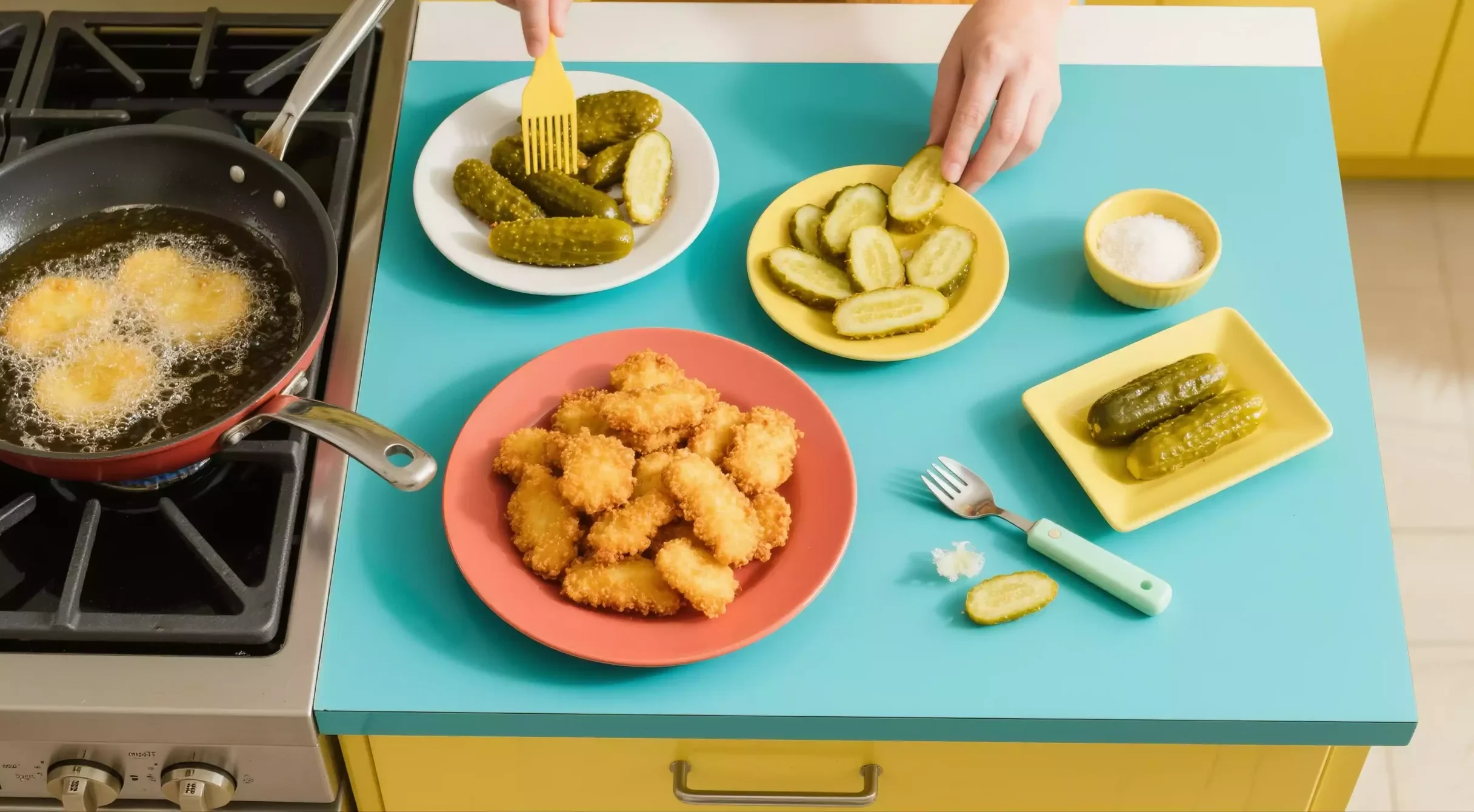
Fried Pickles: Share, Celebrate, and Savor
Fried Pickles aren’t just a passing fad–they’re a delicious tradition that’s found new life thanks to creative home cooks and snack lovers worldwide. Whether you’re experimenting with global flavors, testing out air-fried or baked variations, or simply dipping them in your favorite sauce, there’s no right or wrong way to enjoy this pickle appetizer.
Next time you fry up a batch, snap a picture and share your creation on social media. Tag your friends, challenge them to try their hand at Dill Pickle Fries, and keep the snack love going strong. Fried Pickles are a celebration of everything snack time should be–fun, flavorful, and perfectly sharable.
Frequently Asked Questions About Fried Pickles
What are the best pickles to use for Fried Pickles?
Dill pickles are the top choice for most recipes, thanks to their tangy flavor and firm texture. You can use rounds, spears, or even chips, depending on your preference. For extra zing, try spicy, bread-and-butter, or garlic pickles.
Can Fried Pickles be made gluten-free?
Absolutely! Use gluten-free flour or breadcrumbs for the coating. Many home cooks also experiment with almond flour or cornmeal for a unique texture.
How do I keep Fried Pickles crispy after frying?
Pat your pickles dry before breading, and always fry in small batches without overcrowding. Place finished Fried Pickles on a wire rack to drain excess oil and stay crisp.
Are Fried Pickles vegan?
Fried Pickles can easily be made vegan. Use plant-based milk in the batter and ensure your breading does not contain any animal-derived ingredients.
What are some creative batters or coatings I can try?
Mix things up with panko breadcrumbs, seasoned cornmeal, or even crushed potato chips. For international flavor, experiment with tempura batter or chickpea flour.
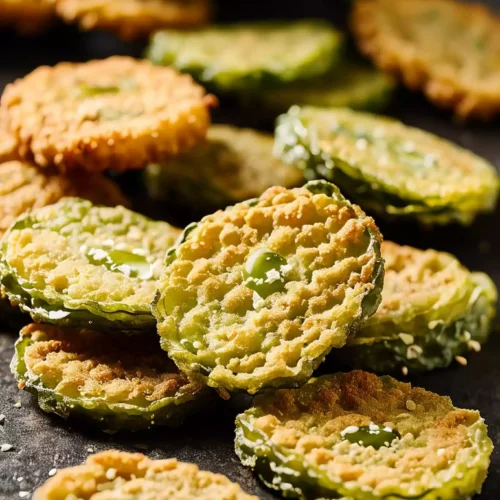
Fried Pickles Recipe
Ingredients
- vegetable oil for frying
- 1 16-ounce jar dill pickle slices
- ½ cup all-purpose flour
- 2 teaspoons garlic salt
- 1 teaspoon Italian seasoning
- ¼ teaspoon pepper
- ¾ cup water
- 1½ cups panko breadcrumbs
Instructions
- Fill a frying pan with ½ inch oil and heat over medium-high heat to 350–375°F.
- While the oil is heating, drain pickles and place them on paper towels. Pat dry to remove excess juice.
- Whisk flour, garlic salt, Italian seasoning, and pepper in a shallow bowl. Add water and mix until smooth.
- Place breadcrumbs in a separate shallow dish.
- Working in batches, add pickles to the batter and toss to coat. Then dip pickles in breadcrumbs, making sure to coat all sides.
- Fry pickles in batches in the oil for 1–2 minutes on each side or until golden brown. Repeat with the remaining pickles.
- Serve immediately with Ranch dressing.
Notes
Feel free to change up the seasonings in the batter for a different flavor. Add some paprika or chili powder to make it a little spicy.
Fry the pickles in oil that’s 350-375°F. Too low, and they’ll become soggy. Too hot, and the pickles will burn.
Air fryer directions. Preheat the fryer to 425°F. Bread the pickles as directed, then place in a single layer in the fryer basket and cook for 7–9 minutes. They should be golden brown and crispy. Flip the pickles and cook for an additional 7 minutes on the other side.
Store leftovers in an airtight container in the refrigerator for 1-2 days.
Reheat in a 350°F air fryer for 3-5 minutes or in a 400°F oven for 5-10 minutes. Nutrition
Serving: 1g, Calories: 98kcal, Carbohydrates: 19g, Protein: 3g, Fat: 1g, Saturated Fat: 0.2g, Polyunsaturated Fat: 0.4g, Monounsaturated Fat: 0.2g, Sodium: 888mg, Potassium: 46mg, Fiber: 1g, Sugar: 1g, Vitamin A: 6IU, Vitamin C: 0.01mg, Calcium: 36mg, Iron: 1mg
Pinterest: Fried Pickles Are The Snack Craze You Need To try

